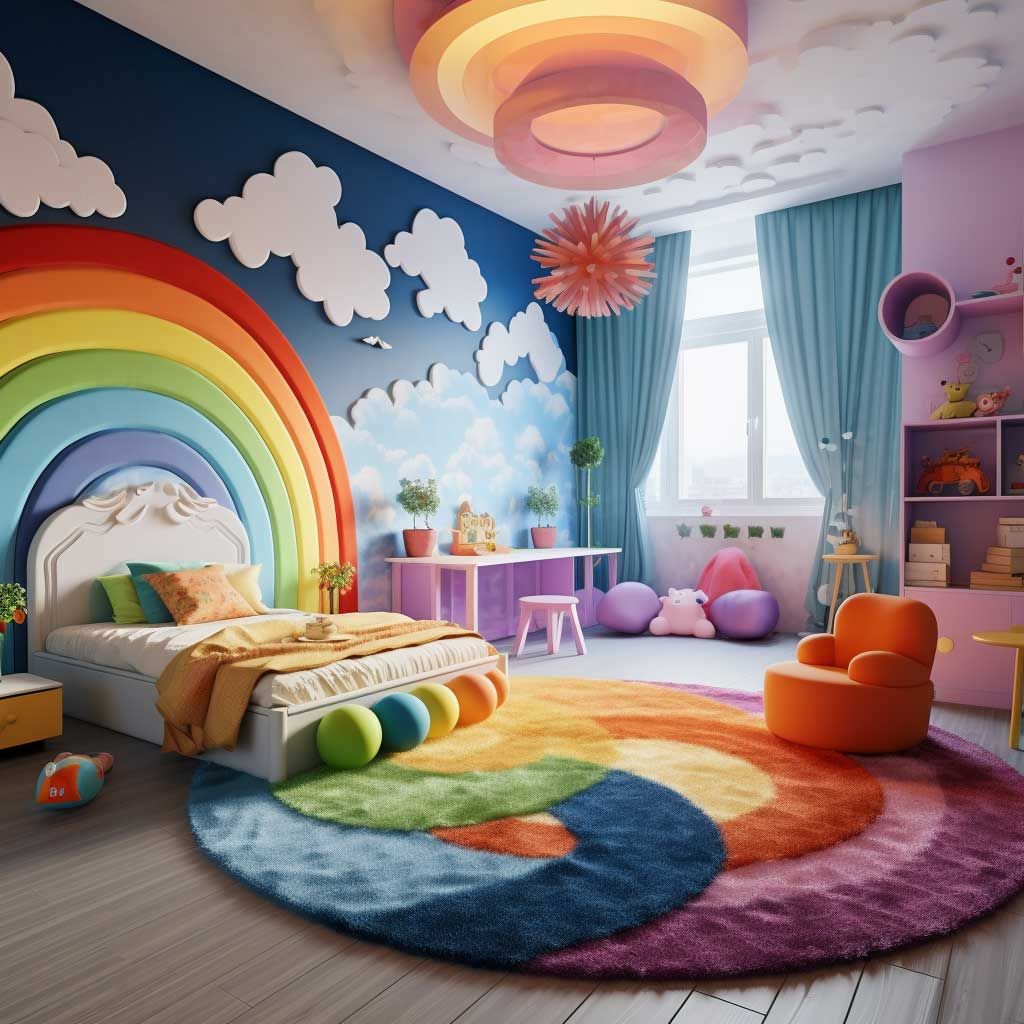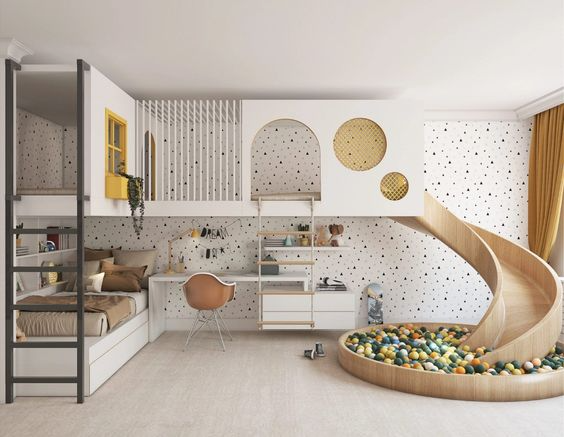
The children’s room is a sanctuary for young ones to play, learn, and rest in. It serves as a space where their imaginations can run wild, and their creativity can flourish. Designing a children’s room involves careful planning and consideration to create a space that is both functional and appealing to kids.
One of the key factors to consider when designing a children’s room is the age and interests of the child. Younger children may benefit from a room with bright colors, interactive toys, and soft furnishings to create a safe and welcoming environment. Older children, on the other hand, may prefer a room that reflects their hobbies and interests, with space for studying, playing games, or practicing their favorite sports.
Storage is another important consideration when designing a children’s room. Children tend to accumulate a lot of toys, books, and clothes, so having adequate storage solutions is essential to keep the room organized and clutter-free. Built-in shelves, toy chests, and storage bins are great options for keeping toys and belongings out of sight when not in use.
When it comes to furniture, it’s important to choose pieces that are durable and safe for children. Soft, rounded edges and non-toxic materials are important factors to consider when selecting furniture for a children’s room. Beds, desks, and chairs should be proportionate to the child’s size to ensure comfort and safety.
Decorating the walls is another fun aspect of designing a children’s room. Wall decals, colorful posters, and framed artwork can add personality and character to the room. Personalizing the space with the child’s name or favorite quotes can also make the room feel special and unique.
Incorporating elements of fun and playfulness into the design of a children’s room can help stimulate the child’s imagination and creativity. Indoor play areas, reading nooks, and climbing walls are all great additions to a children’s room that can provide hours of entertainment and enjoyment.
Overall, designing a children’s room requires a balance of functionality, safety, and creativity. By considering the child’s age, interests, and needs, and incorporating elements of fun and playfulness into the design, you can create a space that is not only functional but also inviting and inspiring for young minds.
 Decoration Ideas
Decoration Ideas










